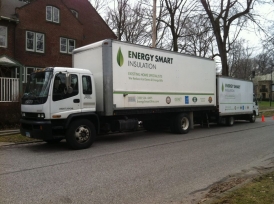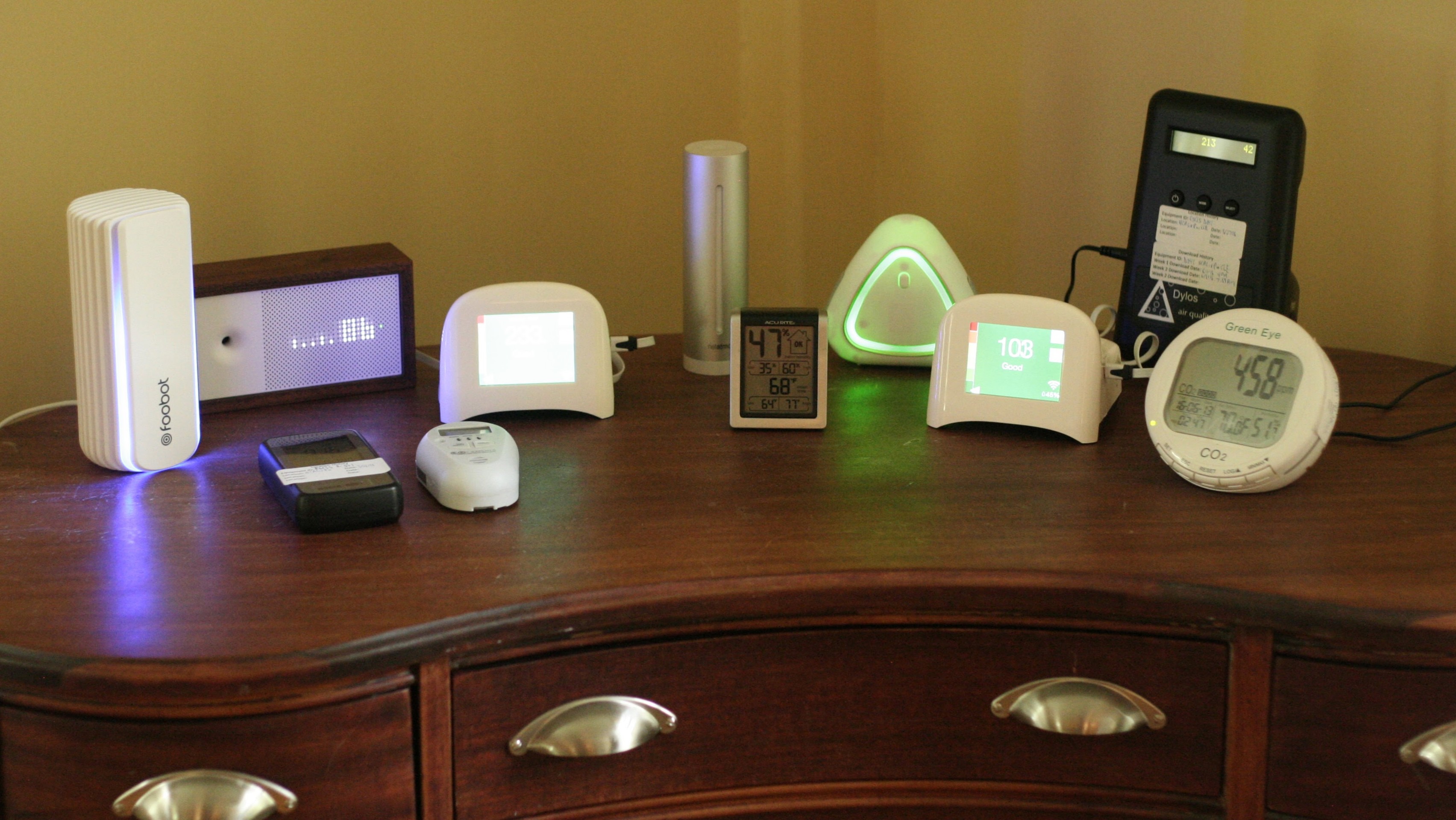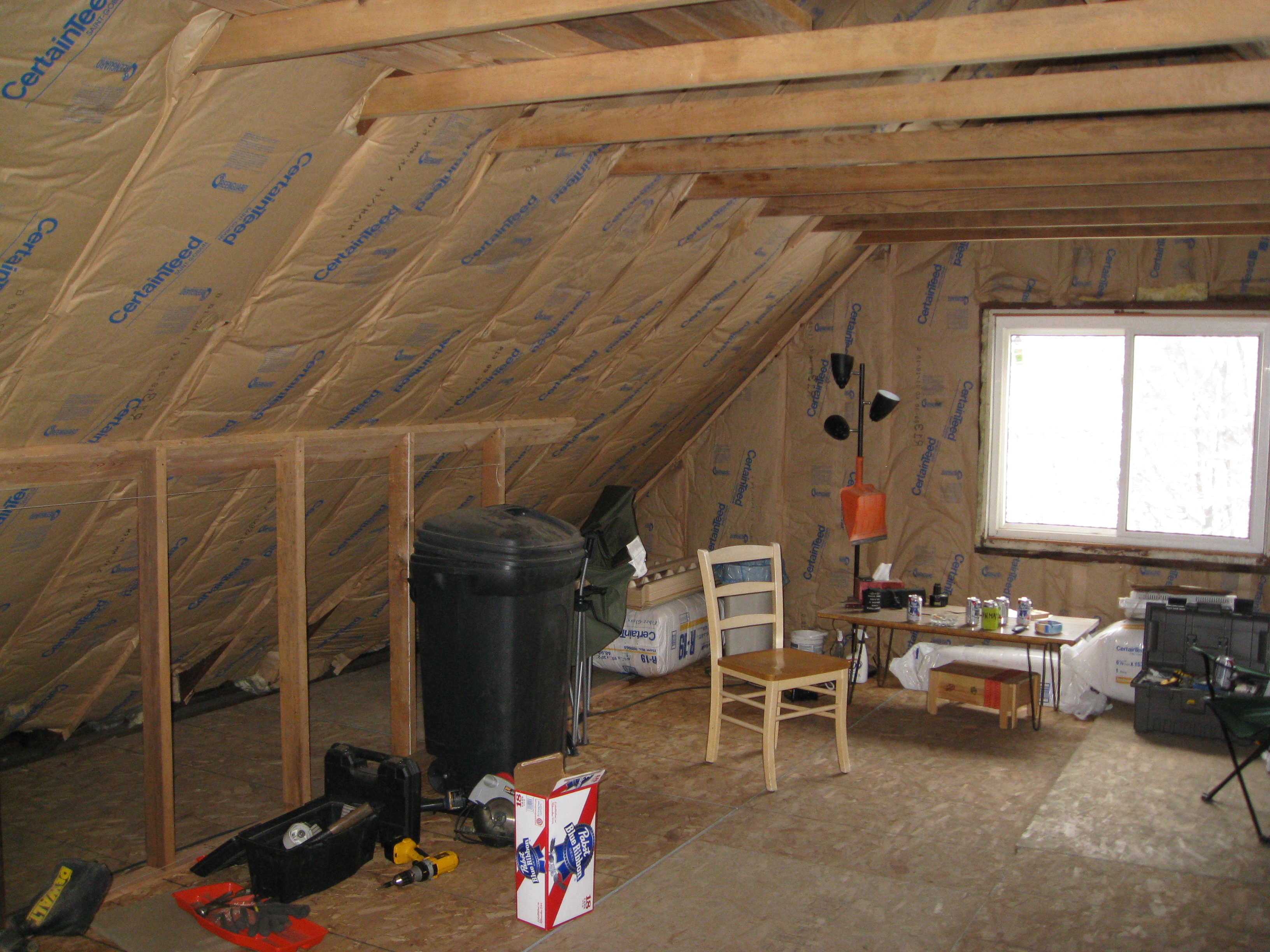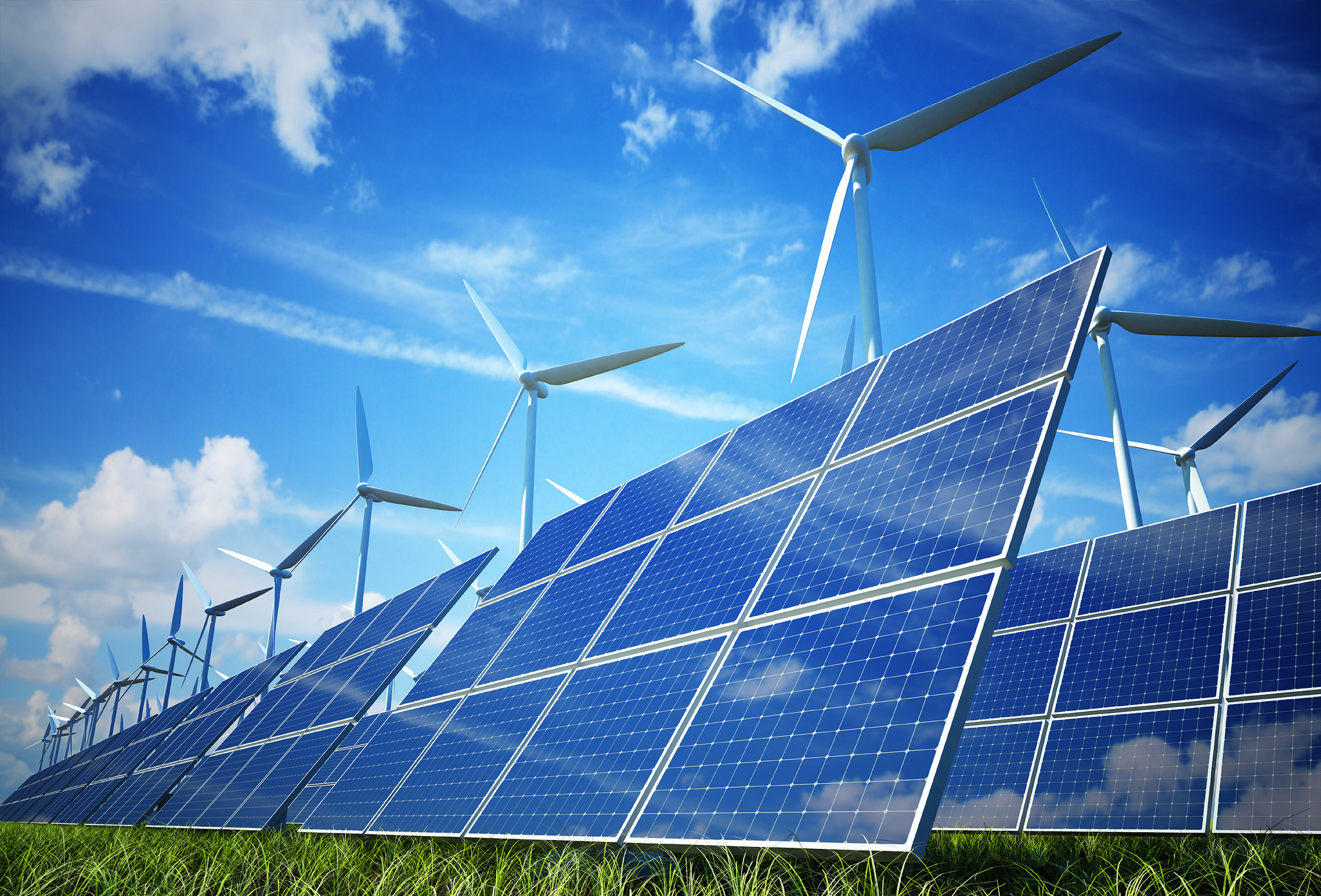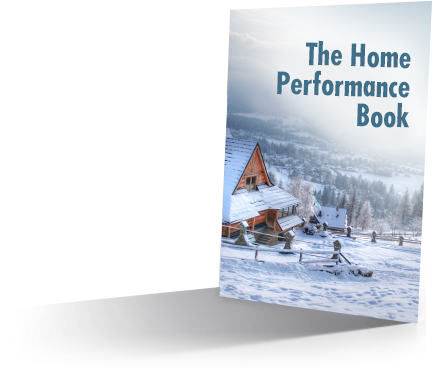Why Energy Saving Tips Suck & What to Really Do Part 1
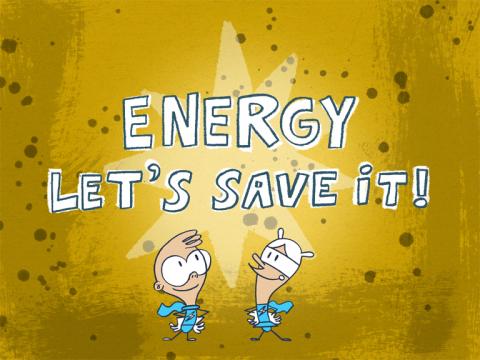
“SAVE ENERGY.”
What does that mean? Save what energy? Save some energy? Save a little energy? Save a lot? What do these amounts mean?
What drives me crazy is that bad experiences caused by prescriptive “improvements” made from energy saving tips lead many to the inaccurate conclusion that the Energy Efficiency field is BS (I’m not talking Building Science BS here).
Here is a brutal Truth: 99% of energy saving tips out there SUCK! Not just a little.
There. I said it.
In my experience, most energy efficiency ‘tips’ cost you time and money without saving a substantial or even noticeable amount of energy or money. “The juice just ain’t worth the squeeze.” Instead of rushing to action, maybe some time should be taken first to understand opportunity and likely outcomes.
If you can achieve BIG results, you’ll tell people about it. Big results go viral. Small results are forgotten.
Here’s what got me thinking about this:
I’m working on a Deep Energy Retrofit project at Hiram College called the TREE House. The building is going to be used as the environmental studies building when complete for both classrooms and offices. The faculty member in charge is a particularly nice to work with lady named Debbie Kasper. She’s passionate about efficiency and the environment. We have a lot in common.
Debbie has involved me in a number of side projects in addition to design consulting and some of the insulation implementation for the TREE House. One project is to have students develop a consumer education piece that shows people simple ways to save energy.
The problem is there are very few simple ways to achieve what most people want: noticeable savings or improvement in comfort; tangible evidence their efforts had impact.
What might be worse than unfulfilled promises from companies trying to sell you something? How about ineffective advice from credible well intentioned sources (like Hiram’s Sustainability department)? After all, they don’t stand to gain from your decisions.
I believe that espousing the same old “wives tale” energy saving tips that require a fair investment or effort from you and nets disappointing or no results is actually harmful to public perception of Energy Efficiency. The same ‘tips’ show up frequently in various lists, but none show you a difference large enough to see or taste or feel – and importantly – get you talking about it and wanting more.
More on common “easy” energy saving tips/myths in a minute, but first, an analogy.
Losing Weight
If you want to lose weight, do you just diet on the weekends and not change anything else? Not add exercise, not change food choices all week? You are probably thinking: “Not if you want to see results.”
You have to do more. You have to follow an orderly process. Map a critical path to success and have discipline to follow it. Same thing with helping your house lose weight.
Now, let’s look at a few of those tips.1
Tip 1: Programmable Thermostats
A really typical tip is to install a programmable thermostat. Turn it down when you go to work or sleep, and save a mortgage payment! (Nest claims up to 30% in the US and UK.) The truth?
- They may not save anything according the EPA: “EPA has been unable to confirm any improvement in terms of the savings delivered by programmable thermostats and has no credible basis for continuing to extend the current ENERGY STAR specification.”
- 7% is the rosiest savings result anyone has come up with.
- $25 per year according to a NY State study. (See the table on page 11 of the PDF.)
- Nest has a class action lawsuit on its hands because people don’t think it saves as advertised.2
A programmable thermostat doesn’t look quite as good anymore, does it? There are a ton more health, safety, sizing, durability and comfort reasons they are not a good idea, but that is for another post (or 5).
Tip 2: Caulk and Seal, Baby!
Caulking windows and weatherstripping is another thing frequently mentioned. As a building scientist I know these leaks are not nearly as important as sealing basements and attics. The big leakage in your home occurs at the top and bottom as a part of stack effect. This is also beyond the scope of this article, but basically leaks in the walls don’t matter that much because there is not much pressure acting on them unless the wind is blowing. Savings? Not what you’re gonna want after investing 2 days caulking and foaming.
Tip 3: New Windows
For a while in the ‘90’s it seemed if you bought windows you could retire on the energy savings alone. Marketing was so successful that even today many believe it’s their biggest savings opportunity.
Manufacturers used to claim up to 50% energy savings. No more, they got sued over it and the FTC said stop. The truth? 2-7% savings3 according to a lot of data from Michael Blasnik, a well known data analyst in my field. It may take 100-300 years to get your money back. (How long do those windows last again?)
Tip 4: New Light Bulbs
This is one tip that is legitimate if you have incandescent bulbs, and you leave lights on for fairly long periods daily.
Changing old-school incandescent light bulbs (which have been outlawed by the way) to either CFL (the squiggly ones) or LED (the new school ones) bulbs is a really good way to reduce your electric bill. The problem is this is likely to reduce your bill $5-15/mo. This is real savings, but it can get lost in the noise.
Would you notice that kind of savings? I wouldn’t. If I played a few nights’ extra video games, or had a houseguest for a few days, or used a space heater for a few days, I might cancel that out. It’s like dieting 3 days a week instead of just on the weekends. It’s just not a big enough move.
So yes, change your bulbs before they die and the savings justifies throwing perfectly good bulbs away, but no don’t expect to be amazed when you look at your monthly bill.
You’re Killing Me, Smalls
OK, you probably feel like a balloon that just got popped. Now you’ll never do anything related to energy efficiency again! That’s not my goal. My goal is to help align your expectations, teach that small things will have almost invisible benefits, and big things will have surprisingly HUGE benefits.
Also, if you’re like me, you just ran out of attention span. So this is a two-parter. Click here to find out the process to really save energy – and make your home much more comfortable and a healthier place to live.
Why Energy Saving Tips Suck, and What to Really Do, Part 2
Photo Credit: Grinseec
Related Posts:
A Case Study of a Failure of Insulation or the Tale of the Cold Addition
Stop Lying About Energy Savings! Measure!
1 Here is one typical article, for reference. Heck, I’ve seen the errors of my ways, here was my article a few years back. (I’ve learned A LOT since then.)
2 Frankly, I think the guy’s argument against Nest is weak, but we’ll see what happens.
3 See the bottom right of page 20 of the slides. Now that he is Chief Building Scientist at Nest, hopefully Michael Blasnik will either adjust those thermostat savings claims down or prove they exist. Interestingly, Blasnik was also an author in the NY State study that found $25/yr annual savings.
Get the HVAC Guide

It's free! Make buying a new furnace, air conditioner, or heat pump less stressful.


